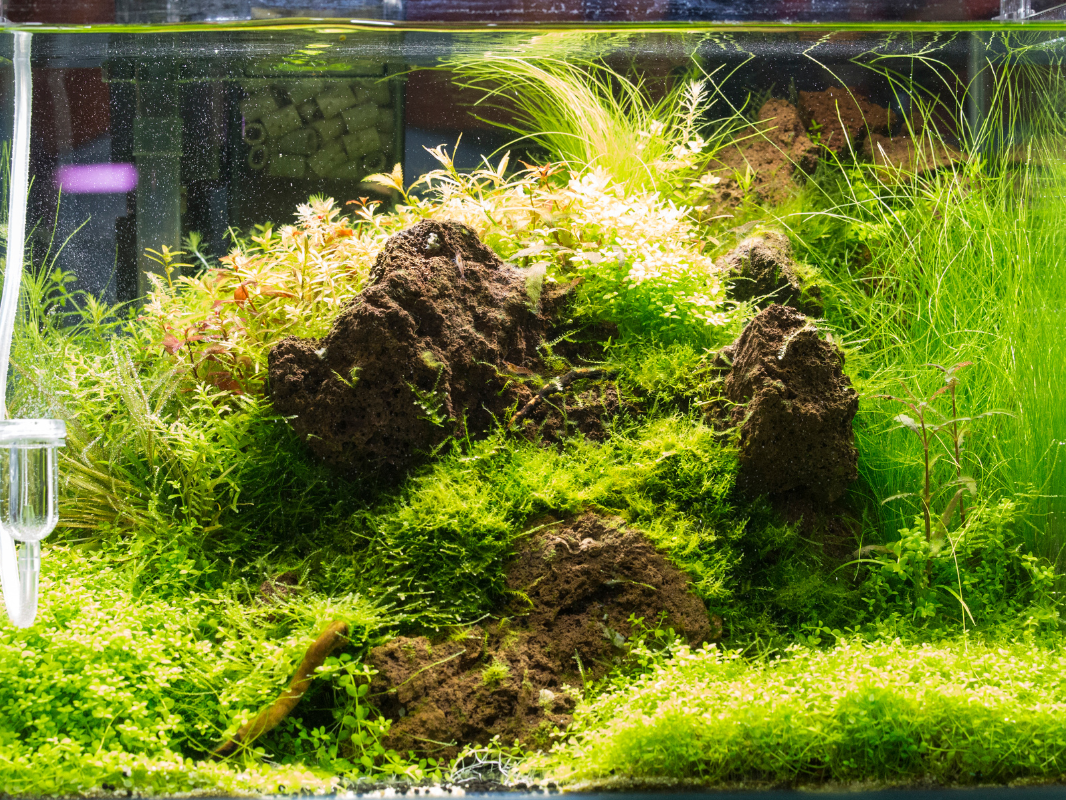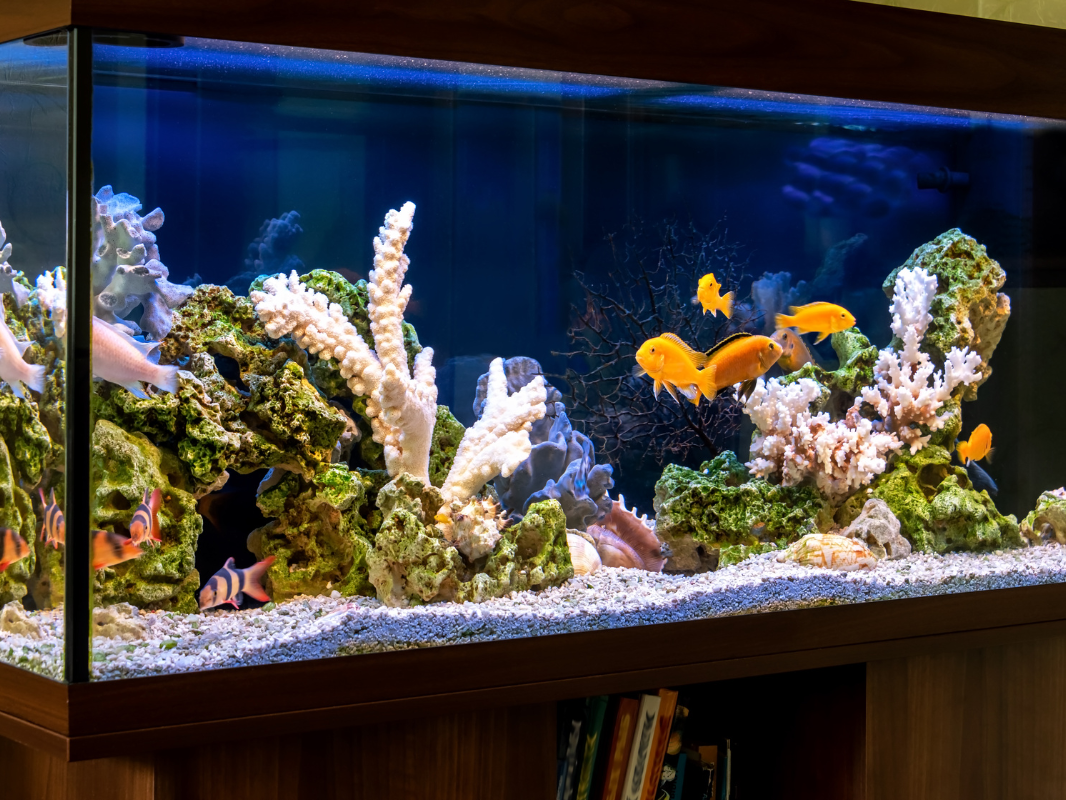Aquariums are not just glass boxes filled with water; they are vibrant ecosystems that require balance, care, and the right filtration system to thrive. Especially in freshwater aquariums, where the delicate balance of life hinges on the quality of water, understanding filtration is not just a necessity—it’s an art. This guide will walk you through everything you need to know about freshwater aquarium filtration, ensuring your aquatic friends live in a clean, healthy environment.
Introduction to Freshwater Aquarium Filtration
Aquarium filtration is more than just cleaning water; it’s about creating a sustainable environment for your aquatic life. A well-functioning filtration system is crucial for maintaining good water quality, ensuring the health and well-being of your fish and plants.
Register for our latest in-depth reviews and product round-ups from the experts
Enter your email address below to receive our twice monthly reviews emails.
By entering your details, you are agreeing to our terms and conditions and privacy policy. You can unsubscribe at any time.
Types of Filtration Systems
Mechanical Filtration
Mechanical filters are the first line of defense in your aquarium. They work by trapping solid particles like uneaten food, fish waste, and decaying plant material. Regular maintenance is key, as clogged filters can lead to poor water quality.
Chemical Filtration
Chemical filtration involves removing dissolved waste from the water. Materials like activated carbon or zeolite are commonly used, effectively removing toxins, odors, and discoloration from the water.
Biological Filtration
The heart of any filtration system, biological filtration, uses beneficial bacteria to convert harmful ammonia and nitrites into less harmful nitrates. This process is vital for maintaining a healthy nitrogen cycle in your aquarium.
Selecting the Right Filtration System
Choosing the right filtration system depends on several factors, including the size of your aquarium, the type of inhabitants, and your maintenance preferences. Here’s a quick guide to help you make an informed decision:
| Factor | Consideration |
| Aquarium Size | Larger tanks may require more powerful filtration systems. |
| Fish Species | Some species produce more waste, needing robust biological filtration. |
| Maintenance | Consider how much time and effort you’re willing to invest in upkeep. |
Installation and Setup of Filtration Systems
Setting up your filtration system correctly is crucial for its effectiveness. Follow these steps for a smooth installation:
- Choose the Right Location: Ensure the filter is placed where it can efficiently circulate water throughout the entire tank.
- Assemble Carefully: Follow the manufacturer’s instructions to assemble and install the filter.
- Test the System: Once installed, run the filter to check for any leaks or operational issues.
Routine Maintenance of Filtration Systems
Regular maintenance is crucial for keeping your filtration system running smoothly. Here’s a simple maintenance schedule to follow:
- Weekly: Check for clogs and clean mechanical filters.
- Monthly: Replace chemical filtration media and inspect biological filters.
- Quarterly: Deep clean the entire system and check for wear and tear.
Troubleshooting Common Filtration Issues
Even the best filtration systems can encounter problems. Here are some common issues and their solutions:
- Reduced Flow Rate: Check for clogs in the filter media and clean or replace as necessary.
- Unusual Noises: Inspect the pump and impeller for debris or damage.
- Water Quality Issues: Test water parameters and adjust filtration media accordingly.
Innovations in Aquarium Filtration
The world of aquarium filtration is constantly evolving, with new technologies and methods emerging regularly. Stay informed about the latest trends to keep your aquarium at the forefront of aquatic care.
Note: This article is for informational purposes only and does not endorse any specific products or brands. Always consult with a professional for personalized advice regarding your aquarium setup.
Jump to:
Advanced Insights into Freshwater Aquarium Filtration: Elevating Your Aquatic Experience
In this segment, we’ll explore advanced filtration techniques, address some frequently asked questions, and provide you with the knowledge to elevate your aquarium’s ecosystem to the next level.
Advanced Filtration Techniques
Enhancing Biological Filtration
Biological filtration is the backbone of a healthy aquarium. To enhance this process, consider the following:
- Increase Surface Area: Use porous media like bio-balls or ceramic rings to provide more space for beneficial bacteria.
- Regular Testing: Keep an eye on ammonia and nitrite levels to ensure your biological filter is working efficiently.
Chemical Filtration Boosters
Chemical filtration can be optimized with these tips:
- Varied Media: Combine activated carbon with specialized resins or peat to target specific contaminants.
- Regular Replacement: Change chemical media according to the manufacturer’s guidelines to maintain effectiveness.
FAQs: Answering Your Top Questions
- Cycling a new filter involves establishing a colony of beneficial bacteria. Start by running the filter in an established tank or using a bacterial starter culture.
- Clean mechanical filters every 2-4 weeks, chemical filters as per the media’s lifespan, and biological filters minimally to avoid disturbing the bacteria.
- While over-filtration isn’t typically harmful, excessive water flow can stress some fish species. Adjust the flow rate to suit your tank’s inhabitants.
Martin Cochran
Dive into fish care with Martin, your guide from the coastal beauty of Brighton. He shares tips on keeping your aquatic companions happy and healthy. Join him on a fin-tastic journey where every swim is a voyage of joy. Trust Martin for a smooth sailing aquatic experience.




